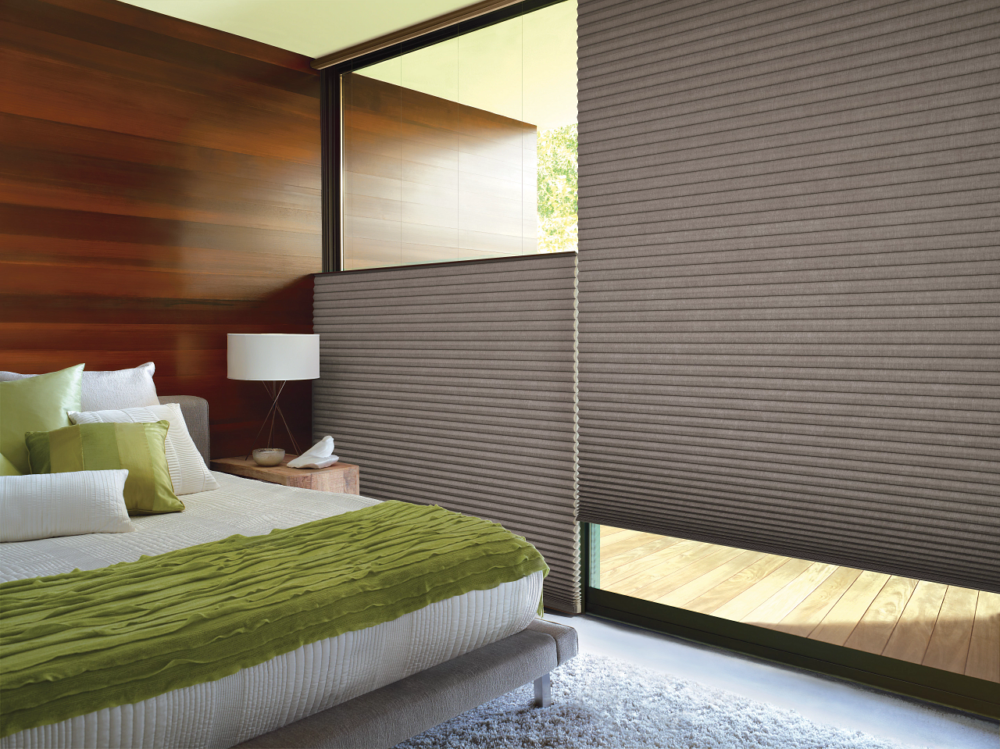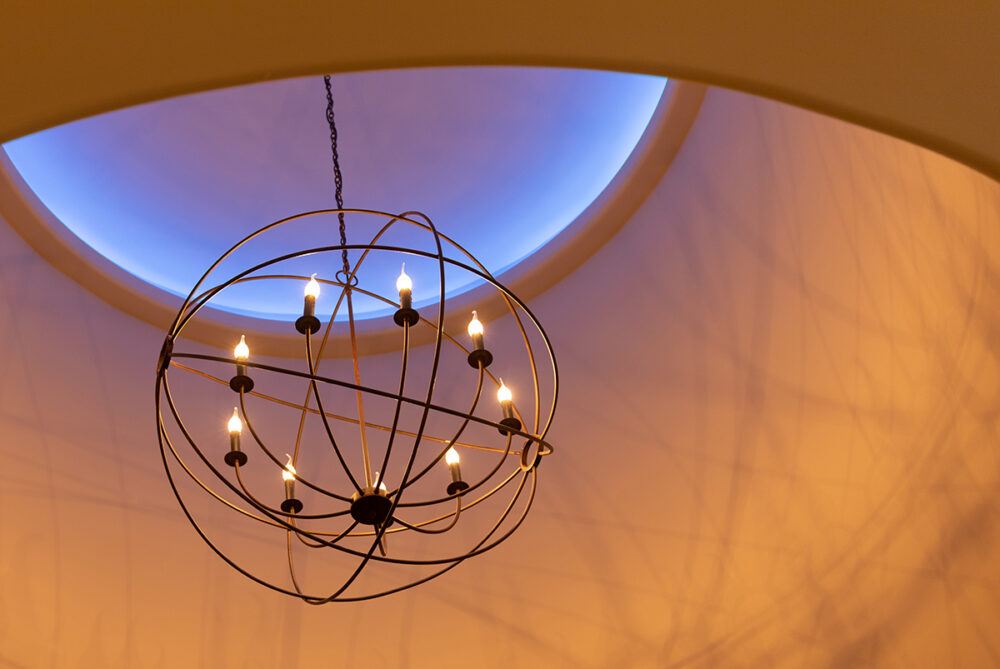(This is the final article in a three-part series about audio systems in residential situations. To read the first article, click here or, for the second, click here)
Outside of the systems like surround sound and distributed audio, which are typically built into homes, there exist a few outlier audio systems that we are sometimes asked to help with.
Wireless speakers have become increasingly popular. Products like Sonos and Heos have several different sizes and types of speakers, including speaker bars. These systems have an app that allows the user to designate the room name for each speaker and then use services like Spotify, Amazon Music, and Pandora. Each speaker is capable of an independent stream, so your kids can listen to their playlists in their room while you have your own stream running in another space. Speaker bars are a great alternative for areas that do not have speakers built into the ceiling or walls. Some of these can also be paired wirelessly with rear speakers and a sub-woofer to create a simplified version of surround sound.
While wireless speakers have many pros, the cons are important to consider as well. These speakers are almost always placed in an area where they are visible, so make sure you are okay seeing these on your countertop or shelf. They will have a visible power cord that plugs into a nearby outlet as well. Speaker bars are usually mounted below your television, but the depth of these speakers may be different than the TV, making them visually prominent in these settings. Some speaker bars can provide a rudimentary simulation of rear surround effects without using rear speakers, but the sonic precision is nowhere near what can be attained with an audio/video receiver and rear speakers. And finally, with the surround decoding and amplifiers built into the speaker box, if something goes wrong with them or they need upgrading, the whole box may need to be replaced while in a traditional surround sound system you would only need to replace the audio/video receiver.
For people who love music and want an exhilarating musical experience, the option of a two-channel system may be the route to pursue. These systems provide the ultimate in music reproduction and are purpose-designed for accurate audio reproduction. They generally consist of a music source like a CD player or music streaming device, a stereo amplifier, and a pair of speakers. A two-channel system can be a pricey affair as the equipment to run these is a bit more esoteric and is built to the highest standards. Users may opt to use wires that are not necessarily run inside the wall however, as the needs of some speaker systems go beyond a single pair of speaker wires. (Is this sentence necessary?) Unlike distributed audio, which is typically used for background music, two-channel systems are meant to be enjoyed as a primary listening experience.
The great benefit of any system, be it surround, distributed audio, wireless, or two-channel, is that they can be tied together into a cohesive system. As an example, Marantz AV receivers that can be used for surround systems have a feature called Heos that works with internal and outboard amplifiers to play music through wired house audio systems as well as wireless speakers and speaker bars. This allows you to use a single app to quickly have your home set up for audio/video entertaining in the Family Room and playing music throughout your home. These systems play music from high resolution services like Deezer or Tidal that sounds great through house audio speakers and two-channel systems.
Your Home Technology Designer can assist you with planning for an audio system for your entire home. We prefer to have an overall picture of what your final goals are with your audio systems. (This sentence seems unnecessary) When working with builders that use our services we can prepare your home for architectural speakers that are built into the ceiling and in some instances we may provide builder options for streaming amplifiers or receivers. However, we don’t have options for supplying wireless speakers through the builder. For this, we have our Continuum Care program that gives our design team the opportunity to craft a system to your needs after you move in. This can include all of the systems we have discussed today as well as other services like mounting of televisions (or even supplying them!), security monitoring, network service, and much more. Contact your Home Technology Designer today to discuss your options for post-close technology in your new home!



